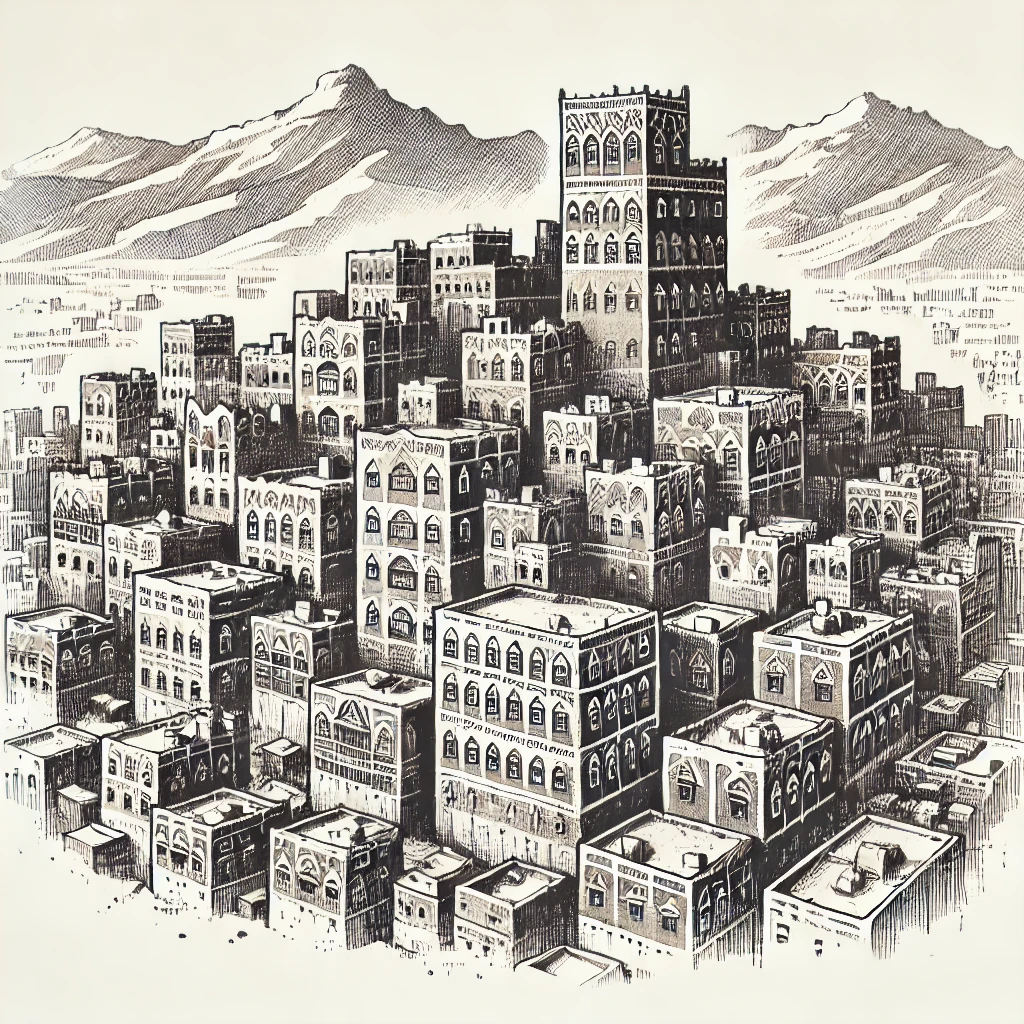A Timeless Model of Sustainable and Human-Centric Design
Nestled in Yemen’s Hadhramaut region, Shibam stands as a testament to human ingenuity and a model of sustainable and human-centric design. Renowned for its towering mudbrick buildings, some reaching up to 11 stories, the city showcases how ancient communities thrived by working in harmony with their environment.
Shibam is a UNESCO World Heritage Site – Wikipedia
“Surrounded by a fortified wall, the 16th-century city of Shibam is one of the oldest and best examples of urban planning based on the principle of vertical construction. Its impressive tower-like structures rise out of the cliff and have given the city the nickname of ‘the Manhattan of the desert’.” – UNESCO
Sustainable Design Principles: Lessons Learnt
- Living in Harmony with Nature: Shibam’s brilliance lies in its simplicity. Local, renewable materials like mudbrick form the city’s backbone, minimizing environmental impact and supporting local economies. Thick walls provide natural insulation, while narrow, winding streets create shade and promote natural ventilation. This passive design approach drastically minimizes the need for energy-intensive systems.
- Compact and Efficient Living: Shibam’s vertical layout maximizes land use and fosters a strong sense of community. Residents have everything they need within walking distance, reducing reliance on transportation and promoting a healthy lifestyle. Mixed-use spaces further cultivate social interaction and a vibrant community spirit.
- Preserving Heritage Through Craftsmanship: Shibam’s unique architectural heritage is preserved through traditional building techniques and the support of local artisans. This not only safeguards the city’s cultural identity but also sustains local livelihoods.
Human-Centric Focus
- Community-Built, Community-Thriving: The construction of Shibam relied on the skills of local craftsmen, passing down knowledge through generations. This fostered local employment, strengthened community bonds, and ensured the city’s longevity. The close proximity and shared spaces naturally encourage interaction and a strong sense of belonging.
Lessons for Today’s World and the Future
Shibam serves as a timeless inspiration for modern urban planning. While adapting to accommodate larger populations, we can incorporate some of its key principles:
- Prioritize Local and Sustainable Materials: Explore renewable and locally sourced materials like rammed earth or bamboo in construction.
- Embrace Passive Design Strategies: Design buildings with natural ventilation, shading, and insulation, reducing dependence on energy-intensive cooling and heating systems.
- Promote Compact, Safe, Walkable Cities: Develop high-density, mixed-use neighborhoods with pedestrian-friendly infrastructure, leading to healthier lifestyles and reduced ecological footprints.
- Invest in Local Skills and Knowledge: Integrate traditional construction techniques and craftsmanship with modern approaches, fostering local employment and cultural preservation.
Looking Ahead; A Roadmap for Resilient Communities
Shibam’s legacy reminds us that sustainability and community well-being are intertwined. By learning from its past, we can shape cities that are not just efficient and resilient but also nurturing environments for human connection and environmental responsibility. Shibam stands as a beacon, guiding us towards a future where sustainable design and human-centric approaches go hand in hand, not just as a relic of the past, but as a blueprint for the cities of tomorrow.
